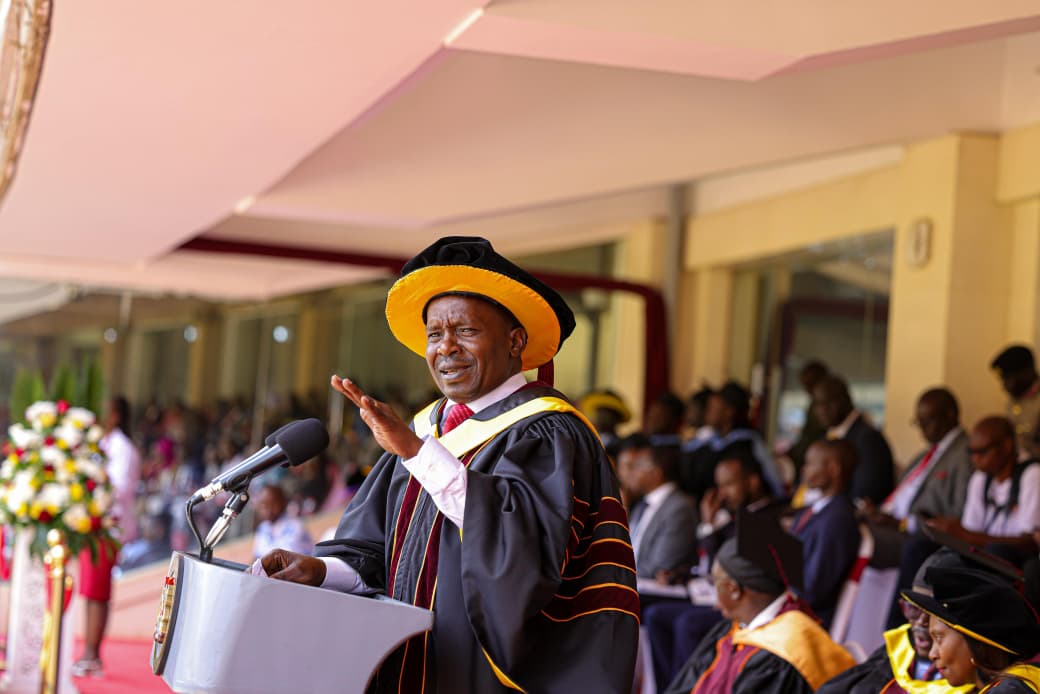Term Three begins at the end of this month, ushering in a season of high anticipation, tension and preparation for thousands of Form Four candidates across the country. For them, the four-year journey culminates in the Kenya Certificate of Secondary Education (KCSE).
This defining examination not only measures academic achievement but also sets the trajectory for future opportunities in careers, further education, and life paths. For schools, the KCSE season is the actual test of their instructional quality, leadership, and ability to mould learners holistically. Excellence in KCSE is not a matter of chance; it is the outcome of deliberate planning, consistent implementation and evaluation against key performance indicators that signal success.
The first indicator of a school likely to excel in KCSE is the level of academic preparedness of its candidates. By the time learners enter Term Three, the school must have ensured adequate coverage of the syllabus, leaving ample room for intensive revision. Schools that excel are those where teachers are not rushing against time to complete the curriculum in the last minute.
Instead, their learners walk into the term with confidence, having revised and revisited challenging areas. A structured program that includes mock examinations, past paper practice and remedial lessons becomes the anchor of their readiness. Schools where students are confident in tackling a variety of exam formats often display higher performance in the KCSE.
Closely tied to this is the quality of teaching and the staff’s commitment. Teachers remain the backbone of academic success. A high-performing school is often distinguished by the dedication of its teachers who go beyond the call of duty, sacrificing evenings, weekends and holidays to walk the academic journey with their students. It is not just about teaching content, but also offering mentorship, encouragement and guidance.
The consistency of lesson delivery, the creativity in simplifying complex concepts, and the ability to identify and address individual learner weaknesses are hallmarks of schools that shine in national examinations. The rapport between teachers and learners becomes a critical factor in sustaining motivation and discipline during the most demanding moments.
Another key performance indicator is the discipline and focus of the candidates themselves. Academic brilliance without discipline often translates into wasted potential. Schools that excel instil in their learners a strong sense of self-regulation, time management and goal orientation.
During Term Three, distractions abound, and peer influence can easily lead learners astray. However, in disciplined schools, students remain focused, their energies directed toward productive study and preparation. Morning preps, group discussions, weekend reviews and consultations with teachers become structured routines rather than forced programs. The discipline that defines the school culture is reflected directly in examination halls, where candidates approach their papers with seriousness, composure, and responsibility.
Beyond the classroom, the leadership and management of the school serve as another significant indicator of performance. Principals who inspire confidence, enforce accountability and create an environment conducive to learning are central to school success. A school where leadership is proactive, supportive and visionary often records better outcomes in national examinations. Such leadership ensures that teachers remain motivated, students feel cared for, and parents remain actively engaged in the academic journey. Furthermore, effective leaders recognise the importance of data-driven decision-making; they evaluate performance in internal exams, analyse trends, identify gaps, and immediately intervene with targeted measures. Their involvement creates a ripple effect of commitment across the school community.
Parental involvement also plays a critical role in determining KCSE outcomes. Schools that perform well are those that nurture strong partnerships with parents. This includes regular communication on learner progress, behavioural issues, and the collective role of parents in providing a supportive home environment. Parents who monitor their children’s studies, provide resources and create stable home conditions complement the efforts of teachers and reinforce discipline. The collaborative triangle of parents, teachers and learners forms a formidable foundation for KCSE success.
READ ALSO:
Kwale Governor commissions new classrooms in Samburu to boost education access
Additionally, the emotional and psychological well-being of candidates should not be overlooked. KCSE is a high-stakes examination, and anxiety or stress can easily undo years of preparation. Schools that excel often invest in guidance and counselling programs, providing platforms for students to share their fears, receive encouragement and develop coping strategies. Motivational talks, mentorship sessions led by alumni, and spiritual support through prayer and chaplaincy create a holistic environment that fosters confidence. When learners believe in themselves and have the mental resilience to face challenges, they are better positioned to translate their knowledge into excellent performance.
Resource availability is another indicator of excellence. Schools that are well-equipped with libraries, laboratories, ICT resources and adequate study materials tend to produce better results. In sciences, practical skills are vital, and schools that offer regular laboratory sessions build confidence in their candidates. Access to revision books, online resources and conducive study spaces empowers learners to take control of their preparation. While resources alone do not guarantee success, their absence often disadvantages even the most talented students. A school that prioritises investment in learning facilities demonstrates its seriousness in academic excellence.
Ultimately, a strong sense of teamwork within the school community indicates a high potential for KCSE success. Students supporting each other through peer learning, teachers working collaboratively across departments, and school leadership harmonising efforts towards a common goal create synergy. It is in such schools where learners are not left behind, where no teacher feels isolated, and where the collective spirit fuels achievement. This culture of unity ensures that when one student succeeds, the whole school celebrates. When challenges arise, everyone rallies to provide solutions.
As the nation counts down to the KCSE examinations, it is clear that excellence is not a coincidence but a reflection of deliberate investment in people, processes and values. Academic preparedness, teacher commitment, student discipline, visionary leadership, parental involvement, emotional support, resource adequacy and teamwork stand out as the key performance indicators that define successful schools. As Term Three begins, schools that embody these indicators will not only produce good grades but will also shape confident, disciplined and resilient citizens ready to face the future with courage.
By Ashford Kimani
Ashford teaches English and Literature in Gatundu North Sub-County and serves as Dean of Studies.
You can also follow our social media pages on Twitter: Education News KE and Facebook: Education News Newspaper for timely updates.
>>> Click here to stay up-to-date with trending regional stories
>>> Click here to read more informed opinions on the country’s education landscape





